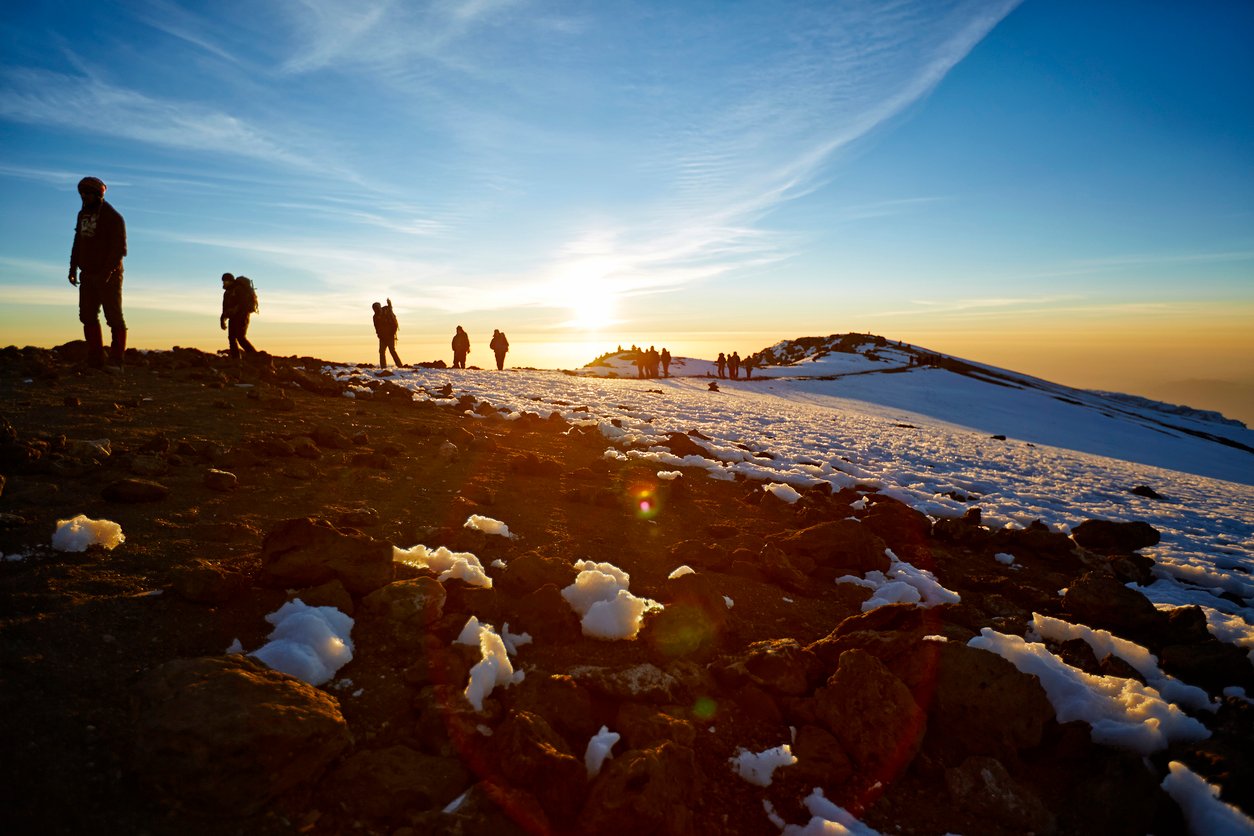
Jeff shared:
- Story and photo highlights from his own climb of the famous Eiger North Face
- A brief history of the iconic 1938 Heckmair Route
- Learn what it’s like to climb Eiger in winter conditions
- Learn about the equipment and experience needed to climb the Eiger North Face
- The significance of Eiger North Face in the modern climbing era
- Planning and preparation required for success in the Alps
Nearly twice as tall as Yosemite’s El Cap, Eiger towers over the town of Grindelwald, Switzerland. Eiger’s iconic reputation is well-earned, having challenged even the most seasoned alpinists. While other classic peaks of the Alps were being summited, it wasn’t until 1938 that the North Face — also known as the Death Wall — of Eiger was first ascended.
Since then, it’s claimed the lives of dozens of climbers who dare to take it on. With worn out gear from the 50s still in place, climbers will find themselves battling fickle weather, lots of rock-fall, ice, snow, and ever-changing conditions in sketchy alpine terrain to reach the top. Completing this climb is a serious and demanding endeavour that takes technical knowledge and intense preparation even by today’s modern standards, more than 80 years after the first ascent.
IFMGA/AMGA mountain guide Jeff Witt ticked the famous 1938 Heckmair Route off his bucket list in 2010. Join Jeff as he recounts his story, shares photos, and goes into detail about what it takes to prepare and execute a climb of this magnitude.
Webinar host
Jeff is a professional mountain guide with more than 25 years of experience in the field and the founder of High Peak Adventures. Currently based out of Chamonix, he’s been everywhere and climbed it all — from the U.S. to the Himalayas, the Alps and more.











